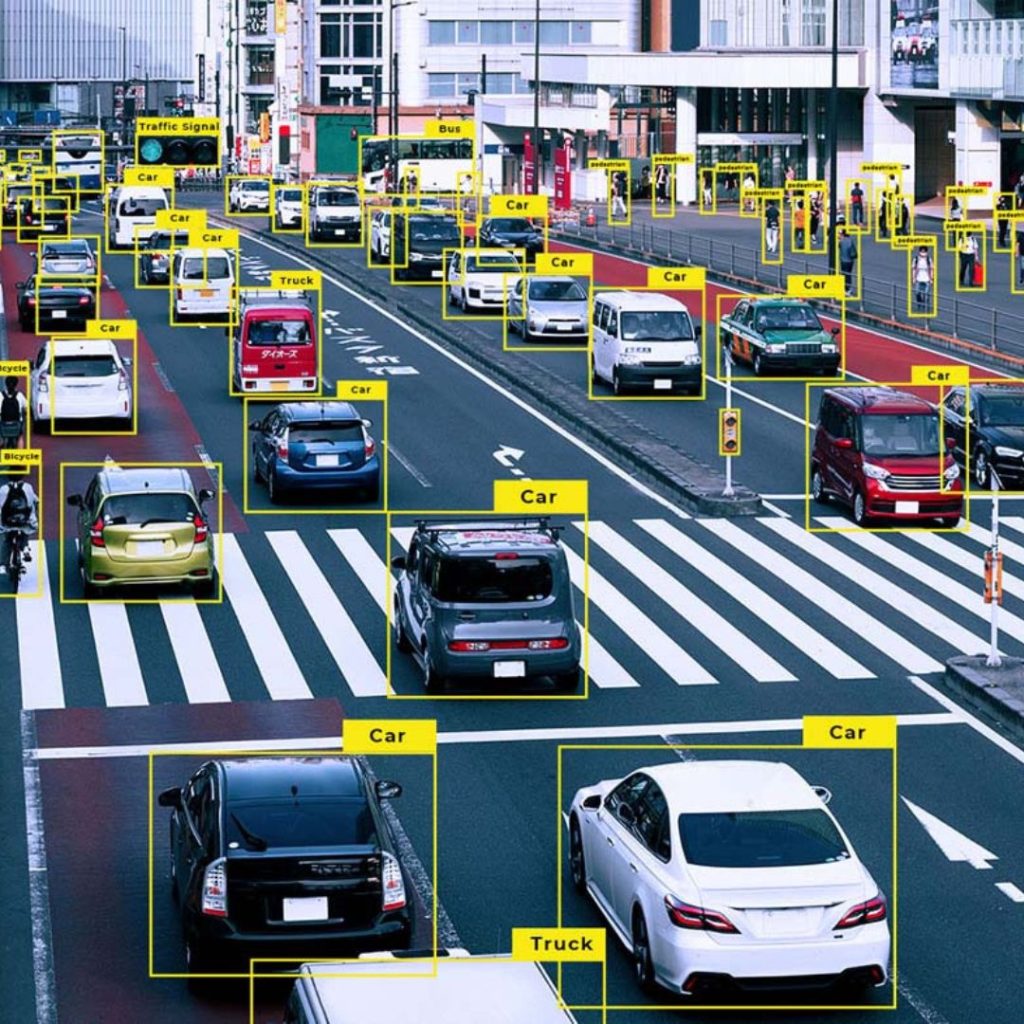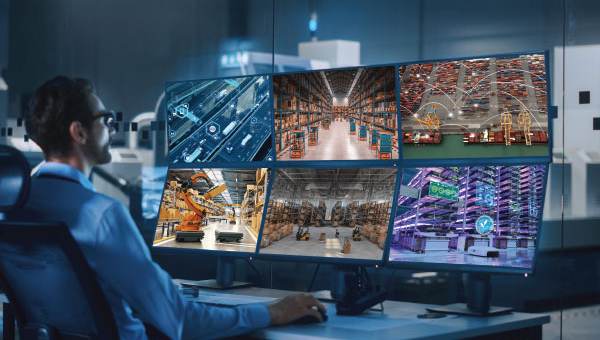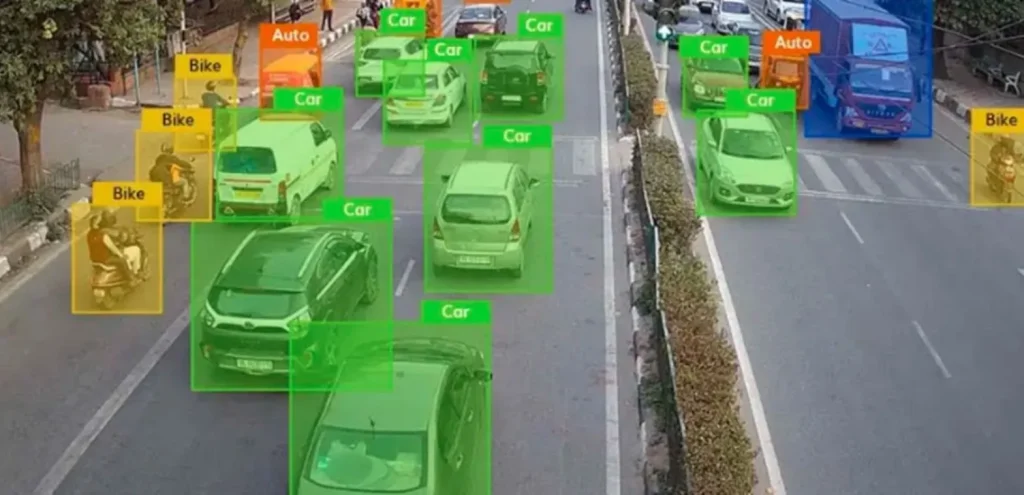Why ATCC Needs Logistics and Transport—Heavy Industries Need ATCC
In today’s hyper-connected, fast-paced world, logistics and transport-heavy industries are under immense pressure to deliver goods efficiently, safely, and on time. From supply chain disruptions to urban congestion and fuel costs, companies are constantly searching for ways to improve productivity and cut down operational overhead. One of the most promising solutions gaining traction is the Automatic Traffic Counter and Classifier (ATCC) system.
Automatic traffic counters are no longer just tools for road surveys or government audits. They have evolved into mission-critical infrastructure for industries that rely heavily on ground transportation. In this article, we’ll explore why logistics and transport-centric businesses need ATCC technology now more than ever, how it works, and the massive impact it can have on operational efficiency, compliance, and long-term sustainability.
An Automatic Traffic Counter and Classifier is a smart surveillance system designed to automatically count and classify vehicles based on size, type, and other parameters. Modern Automatic traffic counter systems—especially those powered by video analytics and AI—offer real-time data on:

What Is an ATCC?
- Vehicle counts
- Vehicle classes (from two-wheelers to articulated trucks)
- Direction of movement
- Traffic flow density
- Speed monitoring
- Lane-wise volume distribution
Unlike traditional survey methods that require human operators, ATCCs are autonomous, scalable, and operate 24/7, delivering reliable data that helps businesses make informed decisions.
Why Logistics and Transport-Heavy Industries Rely on Traffic Intelligence
1. High Cost of Transportation Inefficiency
Fuel prices, labor costs, idle time, and vehicle wear and tear can severely erode profit margins. For industries managing large fleets, even small inefficiencies translate into significant financial losses.
An ATCC helps companies
- Identify traffic bottlenecks and reroute accordingly
- Plan optimal delivery windows based on traffic data trends
- Measure route congestion to plan fuel-efficient routes
2. Fleet Optimization & Real-Time Decision Making
With the data provided by automatic traffic counters, fleet managers can:
- Choose less congested routes for better on-time performance
- Adjust schedules dynamically using live traffic inputs
- Monitor logistics corridors for real-time freight movement
- Integrate ATCC data into fleet management systems (FMS)
The Role of ATCC in Transport-Heavy Business Scenarios
Let’s consider a few real-world industry use cases:
Manufacturing Industry
Manufacturing plants depend on raw material deliveries and outbound shipments of finished goods. Delays on either end can halt production.
How ATCC Helps:
- Offers insights into peak traffic hours around the facility
- Automates gate traffic monitoring (inward and outward vehicle flow)
- Ensures smooth coordination with third-party logistics partners
E-Commerce & Retail
In the age of same-day deliveries, e-commerce and retail companies can’t afford late shipments.
How ATCC Helps:
- Monitors highway traffic conditions on critical last-mile delivery zones
- Supports warehouse and distribution hub traffic forecasting
- Enables efficient fleet scheduling during promotional or festive periods
Oil & Gas Sector
Hazardous material transportation needs precise timing and minimal delay. Congested roads are a risk factor.
How ATCC Helps:
- Ensures optimized route planning for fuel tankers
- Provides traffic analytics for safer and faster movement
- Enhances compliance monitoring with regulated vehicle types
Construction and Mining
These industries operate in remote zones with heavy vehicle usage.
How ATCC Helps:
- Tracks vehicle movement in and out of project zones
- Ensures proper vehicle classification for billing/logistics
- Provides analytics for optimizing heavy equipment logistics

Key Benefits of Deploying ATCC in Industrial Logistics
1. 24/7 Automated Monitoring
Manual traffic monitoring is limited by human fatigue, scope, and accuracy. An ATCC can monitor traffic at warehouse gates, toll entry points, and industrial corridors without breaks or errors—automatically generating Excel-based reports for your logistics team.
2. High-Accuracy Vehicle Classification
Kotai Electronics’ ATCC, for example, can differentiate:
- Two-Wheelers
- Three-Wheelers
- LCVs
- Rigid Trucks (2-Axle, 3-Axle, MAV)
- Articulated Trucks (with/without trailers)
- Buses
- Commercial Taxis
- And even non-motorized vehicles like bullock carts and cycles
This granular classification helps optimize dispatch strategies for different goods and cargo types.
3. Customizable for Industry Needs
Industrial requirements vary significantly across sectors. A one-size-fits-all traffic counter won’t suffice. ATCC systems like those from Kotai Electronics offer:
- Lane-wise traffic breakdown
- Excel export intervals (e.g., every 15 minutes)
- Integration with ERP, TMS (Transport Management System)
- Country-specific vehicle classification (e.g., EURO 6 standards for the EU)
4. Supports Compliance and Auditing
Industries often face audits related to logistics, emissions, toll use, or safety. ATCC data acts as an authentic source of historical records for:
- Toll cross-checking
- Legal compliance
- Route-based audit trails
- Insurance claims for logistics delays or accidents
The Kotai Electronics Advantage in ATCC for Industrial Use
As a premium traffic technology company based in India, Kotai Electronics is uniquely positioned to serve industries with demanding traffic analysis needs. Here’s what makes Kotai’s ATCC ideal for logistics and industrial applications:
✅ AI-Powered Deep Learning
- Learns and adapts over time for improved vehicle detection
- Reduces false positives
- Performs well under challenging lighting and weather conditions
✅ Video-Based, Standalone System
- No dependence on inductive loops or road hardware
- Quick installation at gates, roadsides, or toll points
- Fully functional without internet connectivity
✅ Global Compatibility
- Customized vehicle classification for Indian and international fleets
- Supports EU vehicle class systems: motorbikes, vans, articulated HGVs, etc.
✅ Flexible Deployment
- Works in remote or dense industrial locations
- Covers up to 4 lanes with a single lens
- Custom dashboards and reporting formats

Future Trends: Why the Need for ATCC Will Grow
As industries scale and logistics become increasingly digitalized, traffic intelligence will move from “nice-to-have” to “must-have.” Here’s why:
Rise in Vehicle Density
India and other emerging markets are seeing massive growth in freight movement. Intelligent traffic management becomes essential to maintain throughput.
Shift to Smart Supply Chains
ATCC data can feed into smart warehouses, predictive maintenance, and demand-sensing algorithms.
Pressure to Reduce Emissions
Accurate traffic data can help industries optimize routes and lower carbon footprints. This aligns with global ESG goals.
Data-Driven Decision Making
Industries are moving toward digital twins and simulations. ATCC data helps validate real-world logistics behavior against models.
Challenges Without ATCC in Transport Industries
Industries that haven’t adopted traffic analytics often face:
- Unplanned delays due to traffic congestion
- Inaccurate estimation of delivery times
- Lack of data during audits
- Poor fleet utilization
- Higher fuel and operational costs
Case Study: Using ATCC to Optimize an Industrial Freight Corridor
A logistics company managing shipments between Kolkata and Delhi deployed Kotai Electronics’ ATCC system at key junctions. Within 3 months, they observed:
- 18% improvement in fleet dispatch accuracy
- 22% reduction in idle time due to pre-routed decisions
- Enhanced visibility into high-traffic days
- Real-time alerting for unexpected delays
The company used ATCC-generated reports to renegotiate SLAs with third-party logistics partners and saw a 6% improvement in profit margins.
Conclusion
The logistics industry is rapidly evolving, with expectations of higher delivery speeds, lower emissions, and cost efficiency. In this environment, real-time traffic intelligence isn’t just beneficial—it’s business-critical. An Automatic Traffic Counter and Classifier provides the data backbone that enables transport-heavy industries to operate at scale, comply with regulations, and improve operational KPIs.
Whether you’re managing freight for an e-commerce giant, routing cement trucks to a construction site, or optimizing raw material supply to a factory, ATCC systems can give you the edge in decision-making, cost control, and customer satisfaction.

